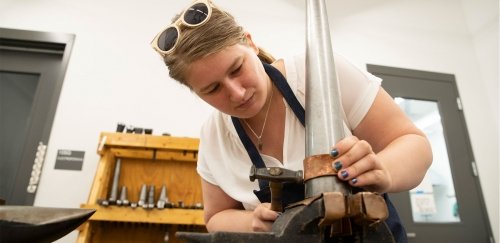
Art inspired by common people.
Jewelry artist Greer Howard is a history connoisseur whose interest lies in “the common people, people who tend to be forgotten by history, people like you and me, unless, of course, we go on to do something great like cure cancer,” she said.
Last fall Howard took on a semester-long project focused on the history of New England whalers. She pored through books at the New Bedford Whaling Museum library and even purchased a ship’s log to supplement her research.
What struck her most was the fact that New England whalers were artisans like herself who made scrimshaw (engravings and carvings on the bones and teeth of whales and the tusks of walruses). They made tools, musical instruments and personal sewing kits out of repurposed boxes, carving decorative images in the wood.
Inspired by these craftsmen, Howard designed a series of necklaces that might have been made by sailors, using materials they would have had on hand – fishing net, nautical rope and brass. One of her necklaces even has a ship’s broken barometer.
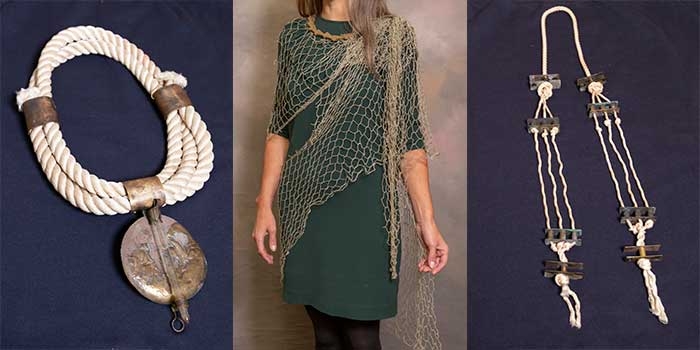
“I was honoring the memory of these people,” she said. “I imagined that a different sailor had made each piece, and I created narratives around each necklace.”
It was also important to make the pieces look like artifacts – old and slightly ravaged by time. To complete the illusion, the pieces were to be displayed inside plexiglass cases in a museum-like setting.
But no sooner had Howard completed this project that she began another semester-long series designed to make fun of the previous series.
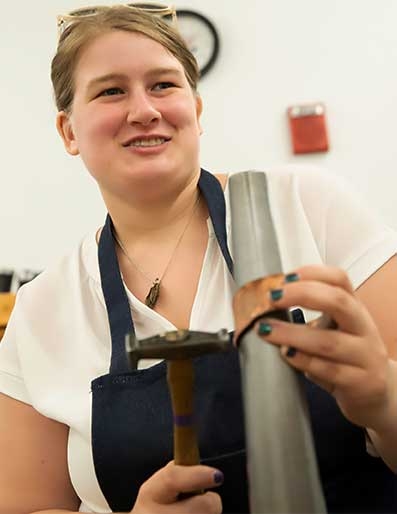
“My second project basically said, ‘Don’t take the whaler necklaces seriously,’” she said. In reality they would have never made it into a museum, let alone survived time, because no collector would have deemed them valuable.
“Museums have their own form of classism,” Howard explained. “You rarely see the jewelry of common people in museums because things owned by common people weren’t considered important. Their jewelry wasn’t made of fine gems. They were made of beads and other materials of low value.”
In fact, you won’t find much of anything by common people in museums, Howard said, except mundane things that happened to have survived time.
“For instance, at the Boston Museum of Fine Arts, the largest number of objects in their metals collection are parts of locks,” she said. “Locks are commonly used items made of low-value metal that outlast a lot of other materials. They’re also objects that can be taken apart and still be recognizable.”
So Howard created a series of metal sculptures of modern-day, mundane objects owned by common people – a tube of toothpaste, a box of Breathe Right nasal strips, a pez dispenser and a woman’s metal headband. She then aged the objects to make them appear to be ancient artifacts.
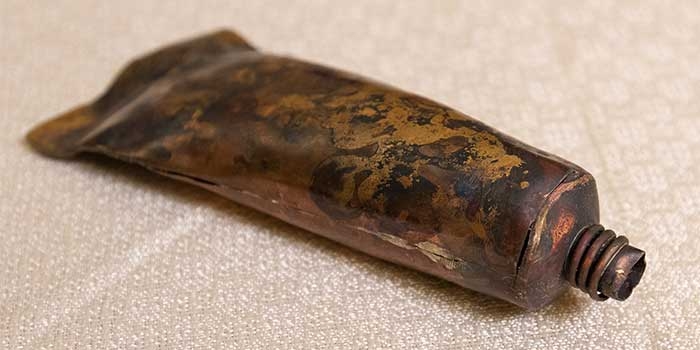
“This series is basically saying, ‘If you do something in metal, someone will, in the future, see it as important.’ As far as the common people, history only remembers that which survives time,” she said.
In her current series, Howard has shifted her focus from archaeology and fake artifacts to anthropology and totems of lost youth – stuffed animals. She is currently interviewing a few owners of stuffed animals asking them to describe their animal’s personality and the experiences they’ve had with their stuffed animal. It’s the history of common people that Howard is inspired by. “So what better way,” she said, “to learn about people than through their stuffed animals?”
After interviewing her subjects, Howard will design jewelry art for their stuffed animals or a small sculpture if their animal doesn’t happen to be into jewelry. Five pieces will be completed in all. The stuffed animals will then be placed inside plexiglass cases, wearing their jewelry or sitting next to their sculpture. Each display will be titled, “Thank you, [name of stuffed animal].” And on the wall above each display there will be a segment of the interview that informed the work.
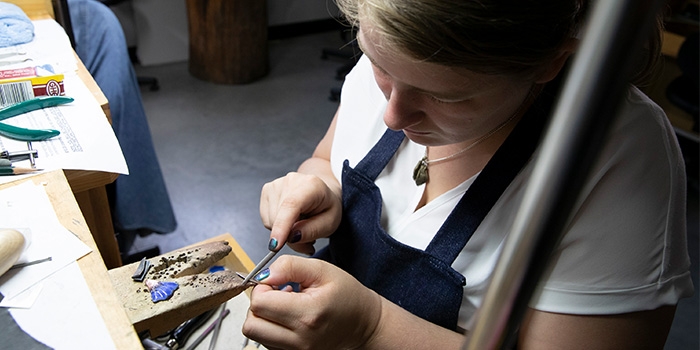
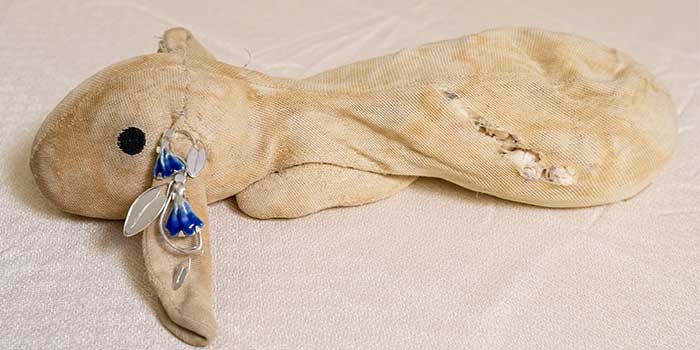
“I came up with this project when I was going to sleep,” Howard said. “I imagined a stuffed animal slumped on a pedestal in a gallery, and I thought, ‘That stuffed animal needs some jewelry.’”
“Ultimately, history is about a lot of people doing a lot of things I’ve never done that I want to learn from,” she said. “I hope that through my work I can document their lives and make sure that they’re not forgotten.”
See more of Greer Howard’s artwork.
